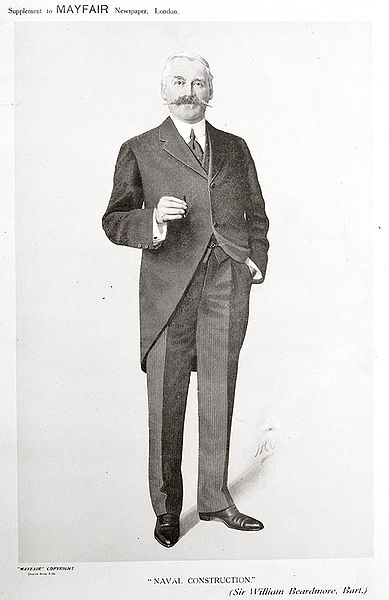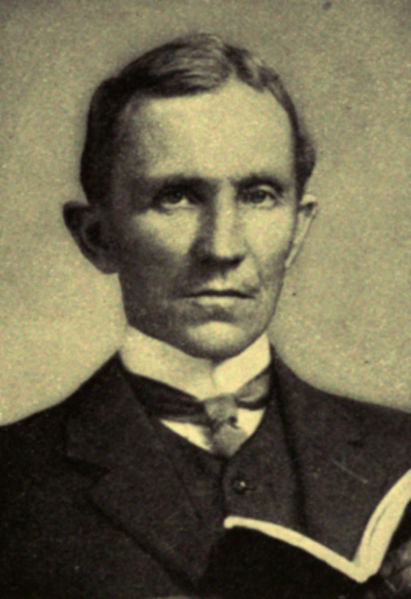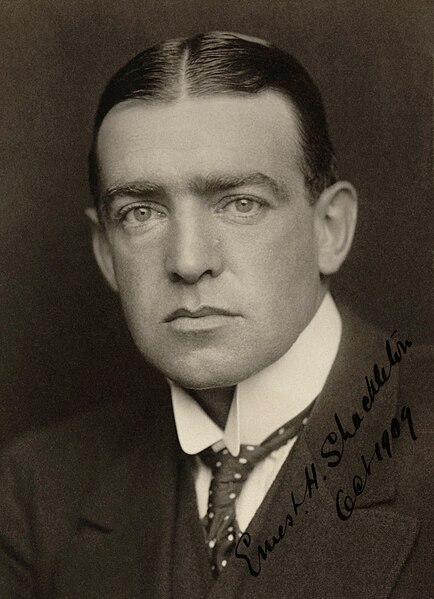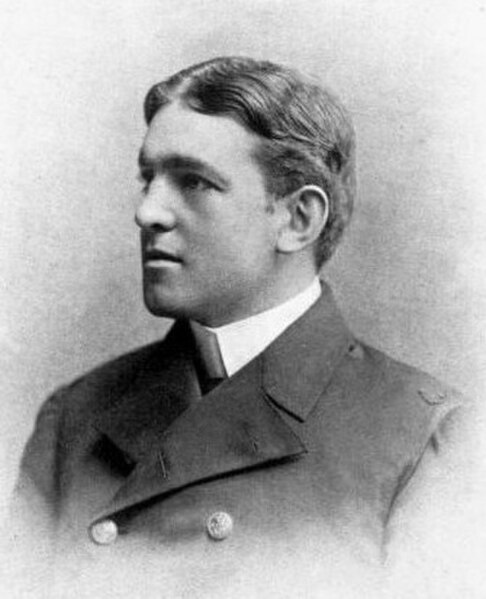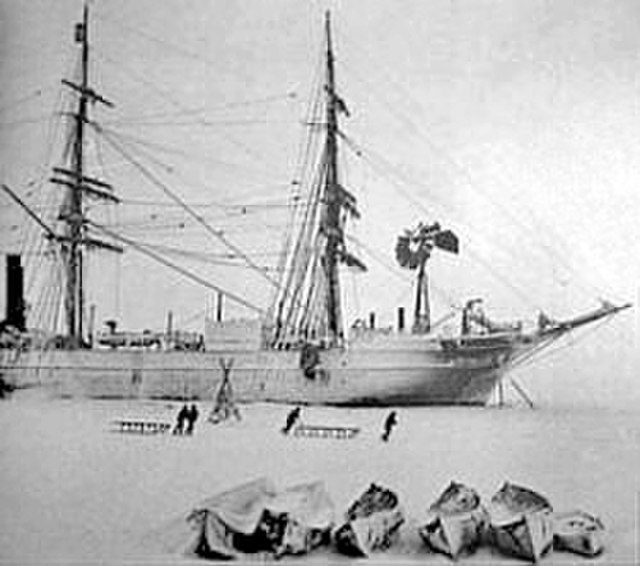The Nimrod Expedition of 1907–1909, otherwise known as the British Antarctic Expedition, was the first of three expeditions to the Antarctic led by Ernest Shackleton and his second time to the Continent. Its main target, among a range of geographical and scientific objectives, was to be first to reach the South Pole. This was not attained, but the expedition's southern march reached a Farthest South latitude of 88° 23' S, just 97.5 nautical miles from the pole. This was by far the longest southern polar journey to that date and a record convergence on either Pole. A separate group led by Welsh Australian geology professor Edgeworth David reached the estimated location of the South Magnetic Pole, and the expedition also achieved the first ascent of Mount Erebus, Antarctica's second highest volcano.

Jameson Adams, Frank Wild and Eric Marshall (from left to right) plant the Union Jack at their southernmost position, 88° 23', on 9 January 1909. The photograph was taken by expedition leader Ernest Shackleton.
Scottish industrialist Sir William Beardmore, later Lord Invernairn
The expedition's ship Nimrod departing for the South Pole
Edgeworth David, who headed the scientific team
Sir Ernest Henry Shackleton was an Anglo-Irish Antarctic explorer who led three British expeditions to the Antarctic. He was one of the principal figures of the period known as the Heroic Age of Antarctic Exploration.
Shackleton in 1904
Blue plaque marking Shackleton's home at 12 Westwood Hill, Sydenham, London Borough of Lewisham
Shackleton in 1901, aged 27
Discovery in Antarctic water


